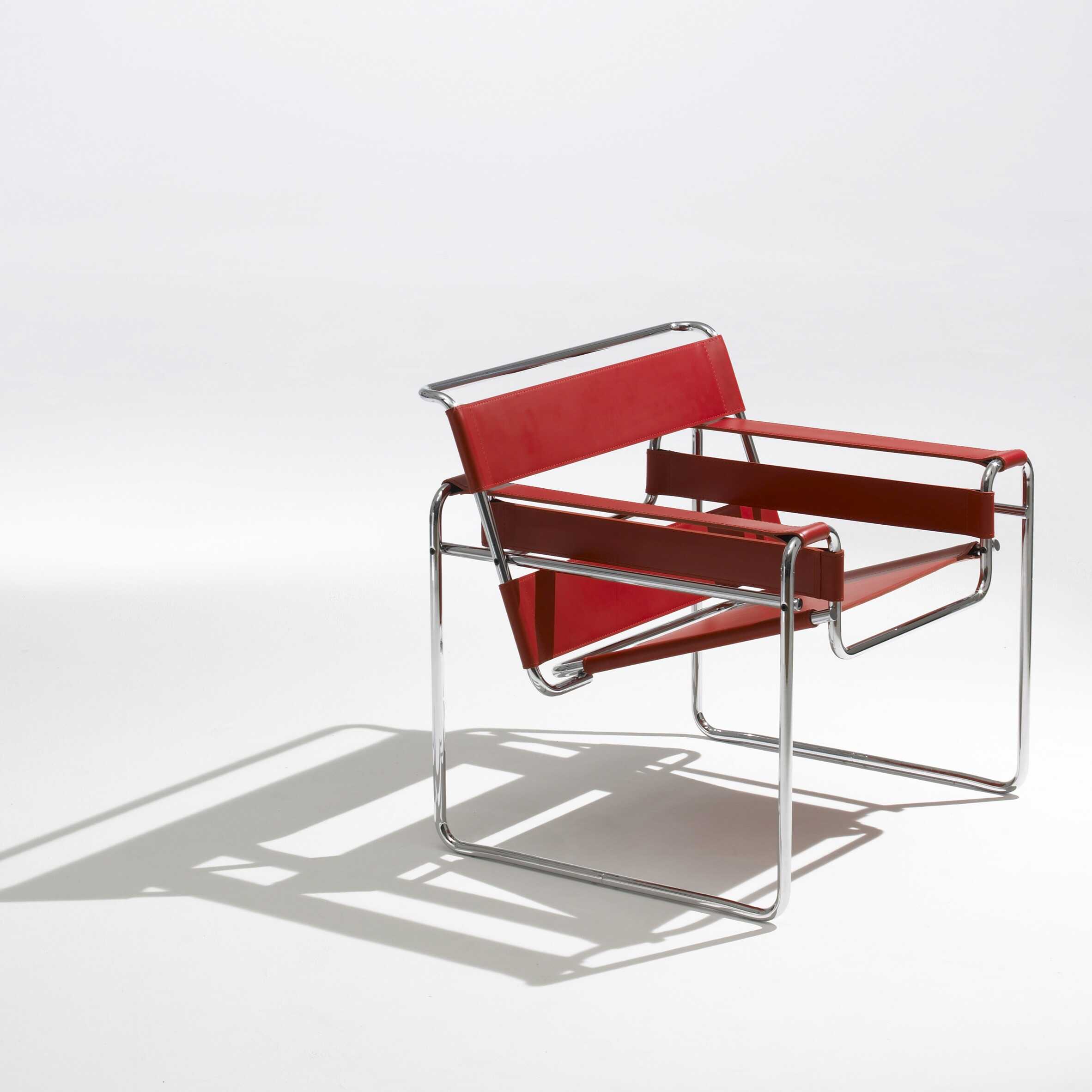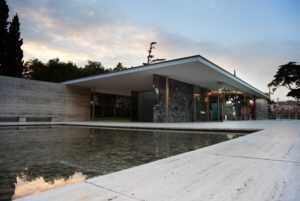
At Floorscapes, we have a passion for good design. On the daily, we find ourselves combing through interior design and architecture magazines appreciating the good work of contemporary designers. Knowing a little about the history of design, we often spot historical influences in today’s looks, even the most contemporary of them.
The reality is that the innovative and Modern design of today is built on a historical foundation and that it uses many tried and tested principles — balancing form and function, exploring the effects of colour, combining objects from the past and present and using images and symbols to create meaning.
So much about how design works can be learned from the past, which is why we decided to study up on our history with this series of blogs. We’ve already covered the Arts & Crafts and Art Nouveau movement. The next movement to pave the way to Modern design was the Bauhaus Movement which started in 1919 in Germany.
The School
German architect Walter Gropius founded the Bauhaus School in 1919 with a grand new vision for design. He wanted to elevate design and architecture to the level of the fine arts. Aesthetically, he envisioned a new wave of modern design that was simple, streamlined and mass-manufacturable. Clearly he was following in the footsteps of the Arts & Crafts and Art Nouveau Designers of the late 19th and early 20th century, but taking it to a radical level of pared down design and mass manufacturability. In a nutshell— “art into industry.”
When in 1919 he became the director of the school that would eventually become the Bauhaus, Gropius published the Proclamation of the Bauhaus, which envisioned a “utopian craft guild” that would synthesize architecture, sculpture and painting into a “single creative expression.” He created a curriculum aimed at educating artisans and designers to create objects that were equally as useful as they were beautiful. By the time the school shut its doors in 1933, it had housed some of the most influential designers and artists of the 20th century, including Marcel Breur, Mies Van Der Rohe, Paul Klee, Wassily Kandinsky and Marianne Brandt.
Wassily Chair – Marcel Breur 1925-26
The Wassily Chair is one of the most iconic Bauhaus creations. When Hungarian born architect and furniture designer Marcel Breur created it in 1925-26, it was likely the most pared-down chair ever created. Breur acknowledged this proudly when he said of the chair— “ [this is] my most extreme work… the least artistic, the least cozy and the most mechanical.” In this creation, Breur took the Bauhaus M.O. of “lightweight, easily moved and easily mass-produced” to the extreme. The Metropolitan Museum of Modern Art in New York describes the chair as “floating geometric forms in space.”
But the Wassily chair wasn’t just an aesthetic creation, it was also a cultural statement. The chair’s design is actually a reworking of the adorned “club chair” from the 19th Century drawing room. But in keeping with the Bauhaus program of simplified design made for mass reproduction, the chair is severely stripped down. No adornment here, just pure Modernist “form follows function.” It may not seem radical to our contemporary eye, but that is because designs like Breurs have given rise to the most common modern aesthetics we see in our world today.
Tea Infuser – Marianne Brandt 1924
Marianne Brandt’s Tea Infuser also puts a modern spin on its predecessor. She took the design of a traditional tea pot and completely stripped it of adornment. What remains is this very simple tea infuser, just 7cm tall. Yet it has a visual charm that comes from its use of simple geometric shapes and its sense of proportion. BBC Author William Cook describes the aesthetic charm of Bauhaus design well when he says— “each element is stripped down to its bare essentials. Everything is fit for purpose. The result is austere, but strangely pleasing on the eye.”
Barcelona Pavillon – Mies Van Der Rohe 1930
This Modern classic is quintessential Bauhaus design via architecture. It has the same geometric minimalism as the Wassily Chair and the Tea Infuser. A truly stark design consisting of mostly open space, rectangular walls and a flat rectangular roof. The Barcelona Pavillon was built in 1930 to house a German Government exhibition in ordre to “advertise a new progressive, democratic and Modern Germany”. Just as the Wassily Chair appears like floating geometric forms, the Barcelona Pavillon features a “thin plane of concrete” as a “roof that appears to float over the structure, creating the extraordinary effect of a building that was once substantial and ethereal.”
Conclusion
In these three designs (the Wassily Chair, the Tea Infuser and the Barcelona Pavillon), you get a sense of the Bauhaus aesthetic as it relates to each medium— furniture design, architecture and industrial design. In each case, the aesthetic is simple, streamlined and mass manufacturable. It’s from this era of design that the Modern design dictum of “form follows function” was created. If these designs don’t look that radical to you, it is only because the Bauhaus has had such a massive influence on contemporary design, that you already see it everywhere. BBC author William Cook puts it well when he says that “Bauhaus style has become the new normal. And by becoming ubiquitous, it has disappeared – into the décor of our daily lives.”
If you have any more questions about incorporating a Bauhaus look into your space and what flooring might compliment it well, send us an email or give us a call. Better yet, if you live in Calgary and you’re in the flooring market, stop by our showroom at 525 58th Aveue SE. The Floorscapes team has as much experience as we do passion: combined, we have over 150 years in the world of Calgary flooring. We offer our knowledge, our expertise and our aesthetic sensibility in order to help you create a space that you will love.
Written by guest author Eric Osborne.







